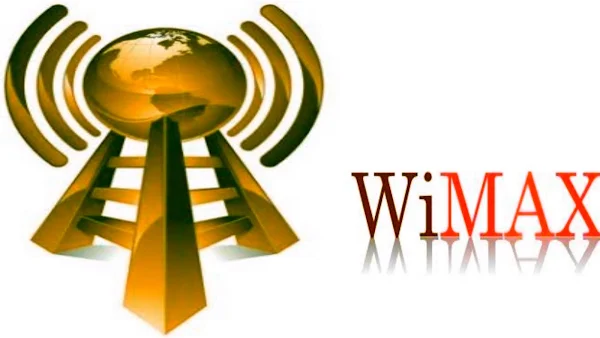What is WiMAX? Definition , History , & Facts
WiMAX
WiMAX technology is currently a state-of-the-art high-speed broadband Internet Protocol service, providing wireless Internet access for 10 to 60 kilometers. WiMAX- means Worldwide Interoperability for Microwave Access. It provides high speed wireless internet instead of conventional DSL (Digital Subscriber Line) technology and wired internet. In addition to exchanging data using WiMAX technology, VOIP (Voice over Internet Protocol) can be used to talk to any country in the world at low cost. WiMAX can be of two types. Namely- specific WiMAX and mobile WiMAX. With WiMAX, users get high speed broadband internet service over long distances. Even in remote areas where broadband service is unimaginable, wireless broadband service is being provided through WiMAX. WiMAX is the best technology solution for providing broadband internet services, especially for high-altitude-mountainous or remote areas. WiMAX is more commonly used in the Metropolitan Area Network (MAN) type.
The WiMAX system has two main components.
1. Base station:
The base station consists of indoor and outdoor towers. Base stations connect to a WiMAX hub to build networks and provide Internet service.
2. WiMAX receiver:
The WiMAX receiver has an antenna and it needs to be connected to a computer. Its wireless network coverage area is 10-60 km. The installation of very few towers has made it possible to provide internet services even in remote areas.
Features of WiMAX
1. WiMAX operates at a frequency of 2-66 GHz.
2. Data transfer speed is 80 Mbps.
3.Efficiency area 10 to 60 km.
4. Data security is high due to strong encryption.
5. The value of WiMAX is IEEE 802.16 1
6. Wimax Network - Bandwidth 30 Mbps to 75 Mbps.
7. Supports TDD (Time Division Duplexing) and FDD (Frequency Division Duplexing).
Services via WiMAX
The services available through WiMAX are:
1. Voice over Internet Protocol (VoIP)
2. Internet Protocol Television (IPTV)
3. WiFi - Hotspot
4. Mobile telephone service and mobile data TV
5. Mobile Emergency Response Service
6. Can be used as an alternative to fiber optic cable.
Advantages of WiMAX
1. Internet service can be provided to thousands of users through a single base station.
2. Broadband internet can be accessed in a wireless way
3. This network can be implemented very quickly
4. Services are also available in remote areas.
5. Internet service can be provided on Wi-Fi hotspot through WiMAX
6. Information and telecommunication services (VOIP, IPTV) can be provided.
7 . Secure internet connection facility can be provided.
8. Portable connections can be provided.
9. Cost is lower than other networks.
The disadvantage of WiMAX
1. When many users under the same tower try to access the Internet at the same time, serious traffic problems occur and bandwidth is reduced.
2. Line-off-site is required for long distance connection.
3. Data rates are extremely slow.
4. Bad weather can disrupt its signals due to heavy rains.
5. Interference with other wireless devices.
6. More electricity is required.
7. Implementation and management are extremely expensive.




